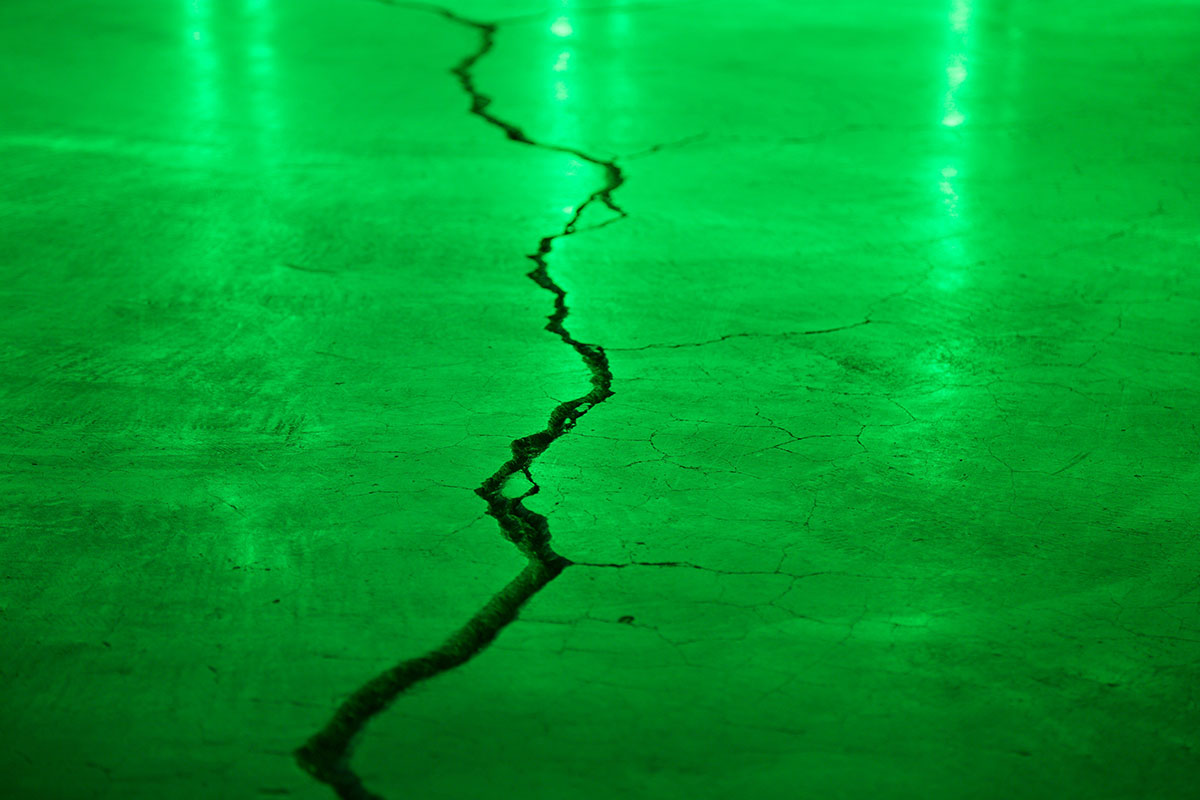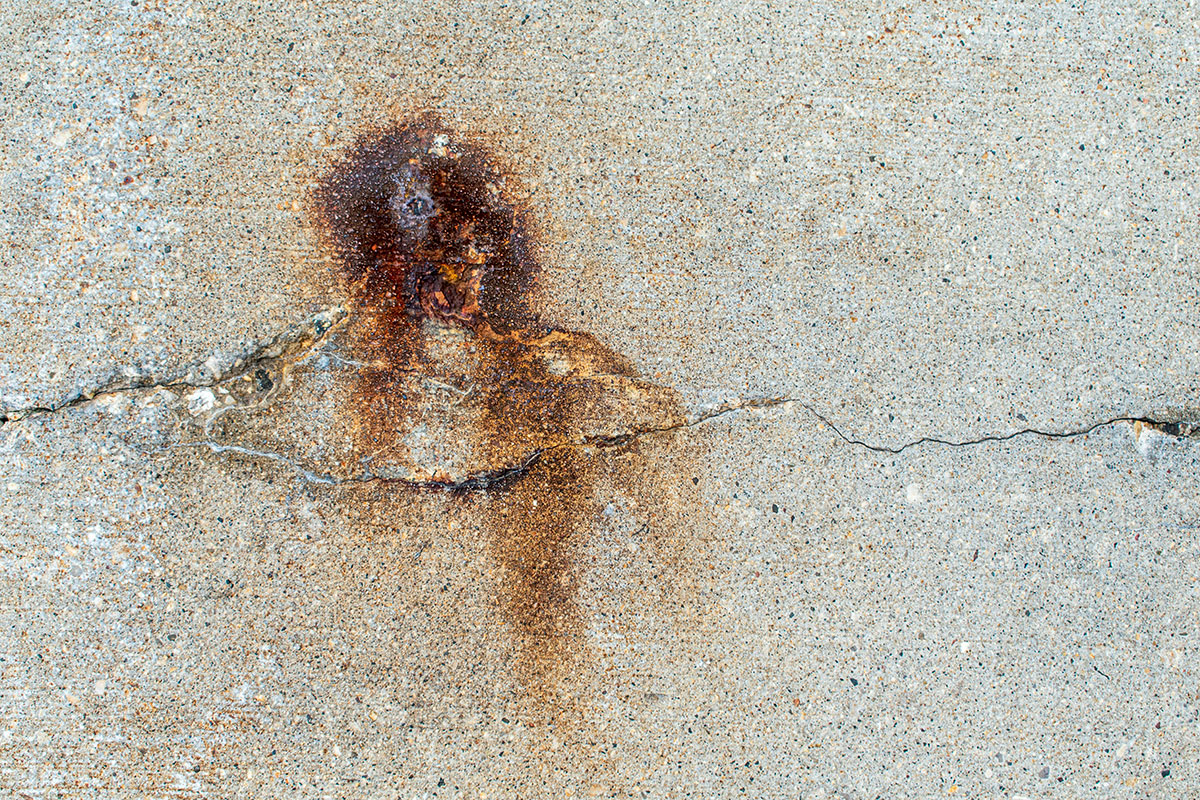The various cracks that occur in concrete structures determine the health and safety of the construction of which they form part. The following are the different types of cracks, according to their dimensions and their causes:
–Micro-fissures: less than 0.05 mm thick and not visible to the naked eye; although generally not problematic, in aggressive environments these cracks affect the properties of the material and contribute to the corrosion of its reinforcement.
–Fissures: between 0.1 and 0.2 mm wide, they are visually perceptible and may indicate more serious pathologies than those indicated by micro-fissures. In corrosive environments, these cracks will affect the durability of the structure, although they are not generally considered dangerous.
–Macro-fissures: larger than 0.2 mm in width, they represent a risk to the stability of the concrete structure and require assessment to determine the need for intervention and remediation.
In addition, cracks in construction are classified according to their causes:
–Shrinkage cracks: usually superficial, they occur due to the shrinkage of concrete during the setting and hardening process.
-Cracks due to overloading: they are caused by loads that exceed the resistance capacity of the concrete, especially in areas subjected to intensive, concentrated or repetitive loads.
-Cracks due to differential settlement: these occur when the ground supporting the concrete structure is not uniform, but is subjected to differential displacements.
-Cracks due to temperature: they result from the thermal variations experienced by the concrete and, therefore, from its recurrent expansions and contractions. To prevent them, it is advisable to control the temperature during the setting phase and to implement expansion joints.
As we can see, in the construction sector, understanding and interpreting the cracks that appear in concrete structures allows us to assess their behaviour and take measures to solve the problems associated with them.
By Raúl Soriano, senior modeller in the Architecture Department of Amusement Logic








